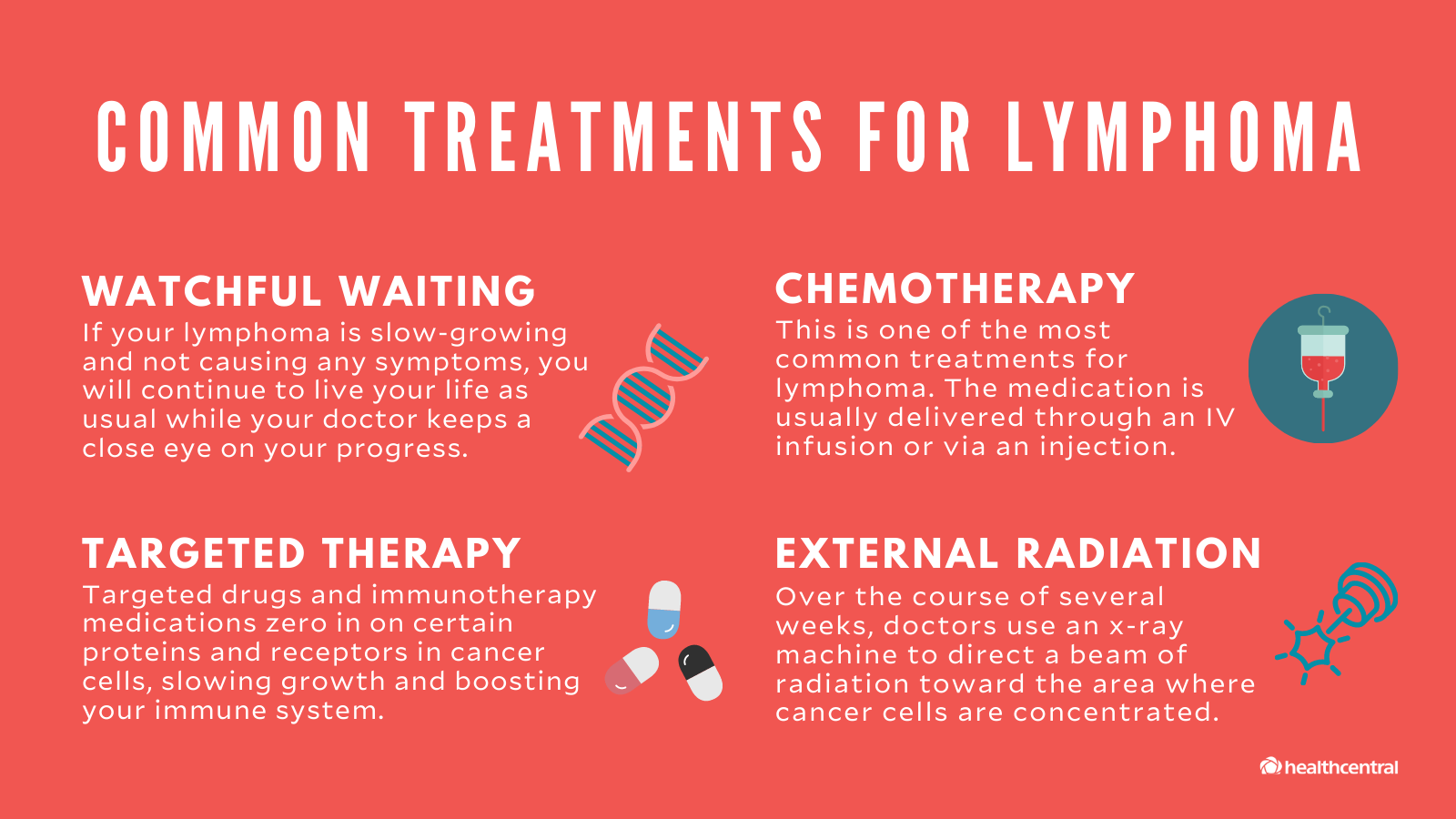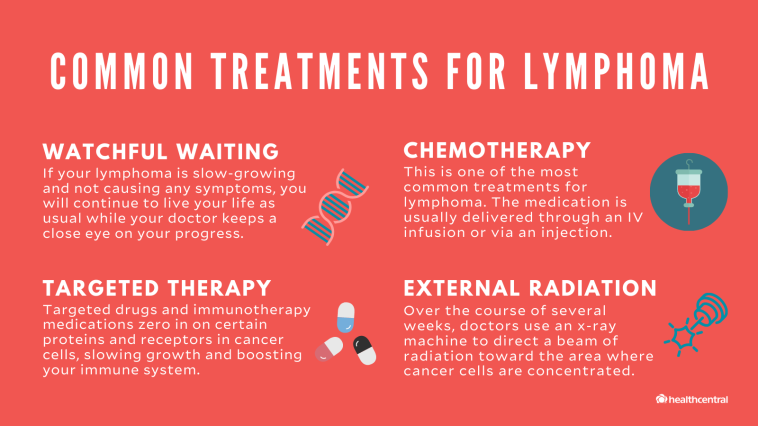
Treatment Options for Lymphoma: Beyond Chemotherapy
Receiving a lymphoma diagnosis can be scary and confusing. It is natural to wonder about available treatment options and weigh the benefits and potential side effects. Fortunately, with advances in medical research, there are now treatment options beyond traditional chemotherapy that can improve outcomes while minimizing side effects. In this article, we’ll explore the various treatment options available for lymphoma.
Understanding Lymphoma
Lymphoma is a type of cancer that affects the lymphatic system. The lymphatic system is an important part of the immune system that helps to identify and fight off infections. Lymphoma occurs when the lymphocytes, cells that play a crucial role in the immune system, begin to grow out of control.
There are two main types of lymphoma, known as Hodgkin lymphoma and non-Hodgkin lymphoma. Non-Hodgkin lymphoma is the most common type, affecting approximately 80,620 individuals in the United States each year. Unfortunately, there are over 20,000 fatalities attributed to this disease. Hodgkin lymphoma, the second most common type, affects around 8,600 people annually and is responsible for over 900 deaths. This type of cancer often appears in young adults and adolescents, making it the most common cancer among individuals aged 15 to 19.
Recognizing the symptoms of lymphoma is crucial for early detection. Some common signs include swollen lymph nodes, itchy skin, night sweats, fever, chronic fatigue, unexplained weight loss, and shortness of breath. Additionally, some individuals experience excessive sweating at night.
Chemo-free Treatment Options for Lymphoma
While chemotherapy remains a vital treatment for lymphomas, there are now additional options available that specifically target cancer cells while minimizing damage to healthy cells. Advances in immunotherapy, CAR-T therapy, targeted therapy, bone marrow transplantation, and radiation therapy have provided new hope for individuals battling lymphoma.
Immunotherapy
Immunotherapy is an approach that involves using medications that stimulate the body’s immune system to target and eliminate lymphoma cells. Immune-checkpoint therapy agents are medications that specifically target cancer cells while sparing healthy cells. As a result, these drugs cause fewer side effects than chemotherapy. One example of immune-checkpoint therapy agents is a group of drugs called checkpoint inhibitors, which block signals that cancer cells use to hide from the immune system. When taken in combination with other treatments, checkpoint inhibitors can improve outcomes for lymphoma patients.
CAR-T Therapy
CAR-T therapy is an innovative approach that involves extracting a patient’s white blood cells and modifying them in a lab to develop receptors that can activate T-cells’ ability to recognize and destroy cancer cells. These modified cells are then infused back into the patient’s body. CAR-T therapy has been shown to have high success rates in patients whose lymphoma has relapsed or not responded to other treatments.
Targeted Therapy
Targeted therapy involves the use of medications designed to identify and combat abnormalities within cancer cells without harming healthy cells. These drugs work by targeting specific proteins or genetic mutations found in cancer cells. This approach can be more effective and have fewer side effects than chemotherapy, as it only targets cancer cells.
Bone Marrow Transplantation
Bone marrow transplant involves taking healthy stem cells from a donor and transplanting them into the patient’s body. The goal is to help the bone marrow produce healthy blood cells that can fight off cancer cells. This approach is typically used for patients with aggressive lymphoma that has not responded to other treatments.
Radiation Therapy
Radiation therapy utilizes high-powered energy to target and eliminate cancer cells. In some cases, radiation therapy may be the sole treatment needed, particularly for slow-growing lymphomas that are localized. More commonly, it is used after chemotherapy to ensure any remaining lymphoma cells are eradicated.
Lifestyle Changes
Beyond medical treatments, adopting a healthy lifestyle can reduce the risk of developing lymphomas. This includes maintaining a nutritious diet and engaging in regular physical activity.
Conclusion
When faced with a lymphoma diagnosis, understanding the available treatment options is crucial. While chemotherapy remains an important option, there are now additional treatment options available that specifically target cancer cells while minimizing damage to healthy cells. Advances in immunotherapy, CAR-T therapy, targeted therapy, bone marrow transplantation, and radiation therapy have provided new hope for individuals battling lymphoma. By staying informed about these treatment options and leading a healthy lifestyle, we can work towards better outcomes for those affected by this disease.
Originally Post From https://www.globalvillagespace.com/GVS-Health/beyond-chemotherapy-exploring-lymphoma-treatment-options-and-tips-for-living-a-healthy-lifestyle/
Read more about this topic at
Advances in Lymphoma Research
What’s New in Lymphoma Treatments?

